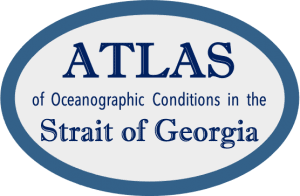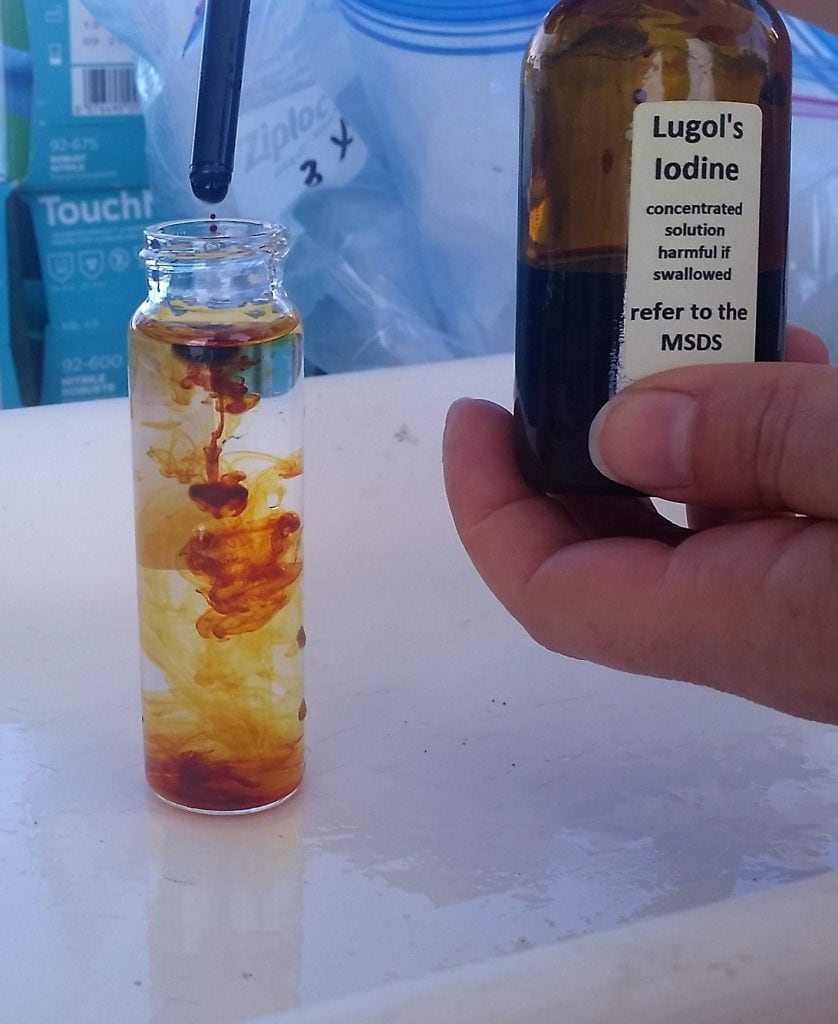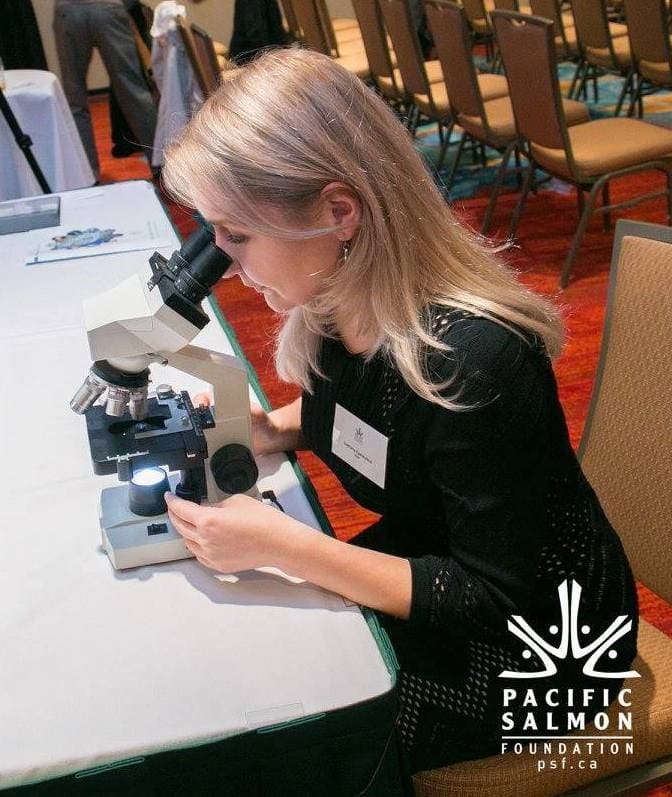Methods and Evaluation of Data Quality
Harmful Algae methods and evaluation of data quality
Surface seawater samples for phytoplankton analysis are collected with a Niskin bottle mounted on a pole (or directly by submerging the sample container) at each station, with additional water samples from 5, 10, and 20 m depths being collected at one station per patrol in the same manner as the nutrient samples. Once collected, samples are immediately preserved by adding Lugol’s iodine solution (final concentration in the sample 1–2%).
Samples are then visually examined by an analyst using a compound light microscope to characterize the types of phytoplankton present; the limitations of optical methods limit this to species larger than about 10 µm in size.
Phytoplankton analysis followed a method developed by the Harmful Algae Monitoring Program (HAMP, Haigh et al., 2004). Species were identified to the lowest taxonomic level possible based on morphology. The dominant species or group in each sample were enumerated (reported as cells mL-1), in addition to all species that are known or suspected to have a negative effect on finfish and shellfish in BC. These harmful species include:
- Alexandrium spp.
- Chaetoceros convolutus
- C. concavicorne
- Cochlodinium fulvescens
- Dictyocha spp.
- Dinophysis spp.
- Heterosigma akashiwo
- Pseudo-nitzschia spp.
- Rhizosolenia setigera
Harmful species of a known concern in BC coastal waters that were not encountered in the strait during 2015-2018 included Chattonella cf. marina, Gymnodinium mikimotoi, and Pseudochattonella cf. verruculosa, although a few cells have been seen in subsequent years.
Reference
Haigh, N., Whyte, J.N.C., Sherry, K.L., 2004. Biological and oceanographic data from the harmful algae monitoring program associated with salmon farm sites on the west coast of Canada in 2003. Can. Data Rep. Fish. Aquat. Sci. 1158, 1–IV.






